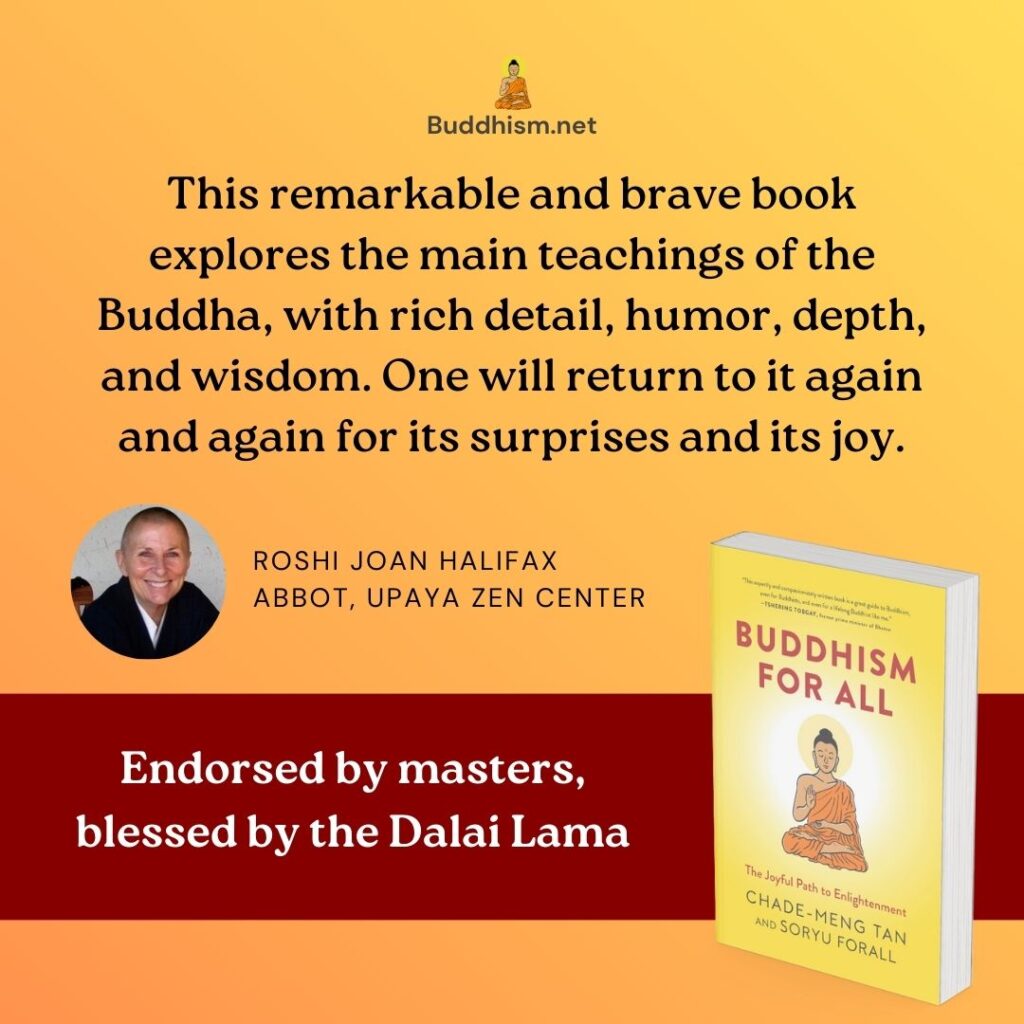
(Context: Establishing right mindfulness)
Yes, it turns out there is such a thing as wrong mindfulness. Every part of the Noble Eightfold Path has its “wrong” counterpart. For example, there is wrong view (versus right view), and wrong intention (versus right intention). Mindfulness is no exception.
Unfortunately, for those of us who write on Buddhism, the Buddha also did not give a formal definition of wrong mindfulness. More challenging still, he never even spoke of wrong mindfulness as a topic on its own. I have found 65 discourses in the ancient texts where the Buddha mentioned wrong mindfulness, and in all 65 instances, he talked about it in the context of practicing all eight parts of the Noble Eightfold Path wrongly. For example, in one discourse, he said:
Monks, relying on the wrong way leads to failure, not success. How so? Wrong view gives rise to wrong intention, which gives rise to wrong speech, which gives rise to wrong action, which gives rise to wrong livelihood, which gives rise to wrong effort, which gives rise to wrong mindfulness, which gives rise to wrong samadhi. Wrong samadhi gives rise to wrong knowledge, which gives rise to wrong freedom. That’s how relying on the wrong way leads to failure, not success.[1]
Fortunately, it is pretty easy to figure out a definition of wrong mindfulness because the Buddha gave us a big hint in a discourse where the Buddha taught that right view, right mindfulness, and right effort “run and circle around” all of the other parts.[2] In other words, every part of the Noble Eightfold Path needs to be practiced alongside right view, right mindfulness, and right effort, which obviously means that right mindfulness must be practiced alongside right view and right effort. But what does that mean? Remembering that right view basically means knowing the Four Noble Truths, and that right effort means commitment to developing the wholesome and abandoning the unwholesome. That means that to practice right mindfulness, you need three things:
- Commitment.
- Wise awareness that your final goal is total liberation from suffering.
- Ethical considerations.
One good example of wrong mindfulness is an assassin mindfully aiming at his target, mindfully breathing, and then mindfully squeezing the trigger. Mindfulness in the execution of cold-blooded murder is obviously wrong mindfulness. A more nuanced example involves practicing mindfulness at work. If your intention is to make yourself a calmer person for your own welfare and for the happiness of your customers, co-workers, and all living things, then it can be considered right mindfulness. If your intention does not include ethical or compassionate considerations, then it can be considered wrong mindfulness.
Activities
References
[1] Aṅguttara Nikāya 10.103.
[2] Majjhima Nikāya 117.


